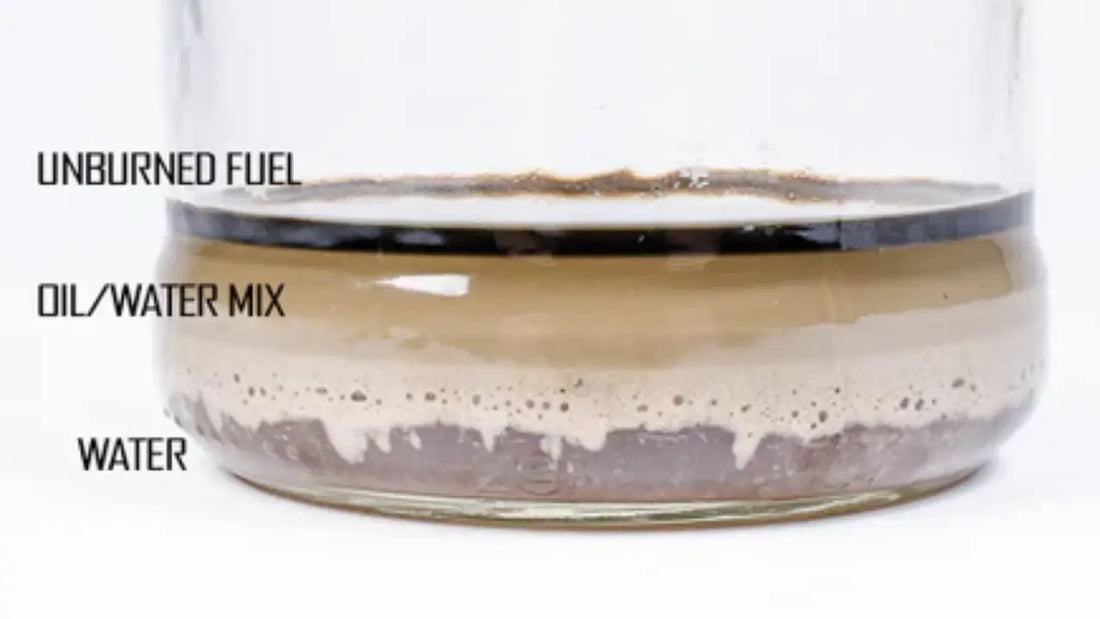
The Importance of Oil Catch Cans
It is physically impossible for piston rings to seal 100%, and as a result, ‘blow-by’ occurs. Blow-by describes pressurized gasses that leak into the crankcase from the combustion chamber. Damaged crank seals, oil leaks, and poor engine performance are all consequences due to too much pressure in the crankcase, a.k.a. blow-by.
Crankcase gasses are vented through the PCV system, where they are recycled back into the intake air stream to be burned. However, these gasses are loaded with water vapor and oil, and when combined with the fuel mixture, they will dilute or dirty the fuel mixture. This can lower the effective octane percentage and cause poor performance.
PCV = Positive Crankcase Ventilation
Overtime, the gasses recycled by the PCV system can cause oily buildup inside of the intake manifold and on the intake valves. This issue leads to clogged sensors, restricted air flow used for combustion, poor idle, and other problems. In forced induction applications, PCV contaminants can collect inside intercoolers, reducing efficiency.

Over time, the gasses recycled by the PCV system can cause oily buildup inside of the intake manifold and on the intake valves. Photo Courtesy of Radium Engineering.
Catch Cans work as in-line filters to prevent PCV contaminants from reaching the intake system when gasses are recycled. As the gasses pass through the catch can on their return to intake, oil and other condensed materials collect at the bottom of the can.
Catch cans collect contaminants with media that provide an ample surface area for oil, water, and other fluids to condense and drop out of suspension. This media can typically be removed for cleaning or replacement.

The sludge collected in catch cans is generated as the oil, unburnt fuel, and water separated from air mix at high temperatures. Photo Courtesy of Radium Engineering.
The sludge that is collected from the recycled PCV gasses should be drained from the catch can. Because the catch can is separating oil, unburnt fuel, and water from air, all which mix at high temperatures to create the sludge collected, draining back into the engine should be avoided.
Thank you to our friends at Radium Engineering for sharing their expansive engineering knowledge with us!
